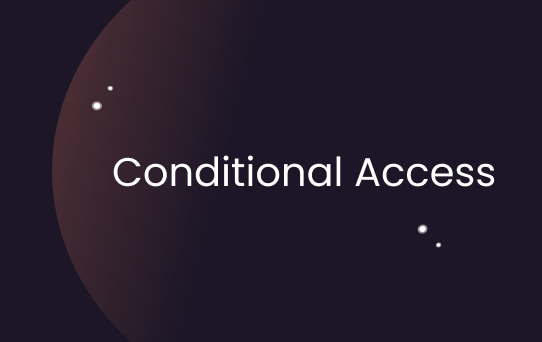What is Conditional Access?
Conditional Access is a set of policies and configurations that govern how users access network resources and sensitive data. As part of Identity and Access Management (IAM) protocols, Conditional Access integrates the user's identity with device compliance status, location information, and risk levels to determine whether access should be granted or denied.
Why Conditional Access Exists?
Conditional Access exists to bolster security in an increasingly digital and cloud-oriented world. It provides a flexible and intelligent method of maintaining robust cybersecurity, by enabling administrators to set policies that grant or deny access to apps and data based on various parameters. This improves the control over who can access sensitive information and under what circumstances, reducing the risk of data breaches.
Who Needs Conditional Access?
Companies and organizations of every size and across all industries stand to benefit from implementing Conditional Access protocols. Those dealing with sensitive data such as customer information, proprietary research, or financial reports, are especially likely to benefit. This includes sectors like healthcare, finance, e-commerce, and hospitality. IT administrators and cybersecurity teams in such organizations typically handle the implementation and management of Conditional Access.
How Conditional Access is Used?
Conditional Access is used by defining and enforcing policies based on user role, location, device status, and risk level associated with each access request. For instance, a policy or approval workflow could be set to allow access to sensitive records only from company-owned devices, within office premises, and during work hours. Conditional Access can also use real-time assessments to evaluate the risk level of an access request, blocking those deemed risky.
The Role of Conditional Access in Cloud Infrastructure
In a cloud infrastructure, Conditional Access plays a crucial role in securing Software-as-a-Service (SaaS) applications. As data moves from on-premises storage to the cloud, the risk of unauthorized access increases. Conditional Access strategies like least privilege access—which limits user permissions to the minimum they need to perform their job—can significantly reduce this risk. Furthermore, temporary access can be granted for specific tasks and revoked automatically afterwards, reinforcing data security. These protocols allow organizations to leverage the power of the cloud while maintaining stringent security standards.








